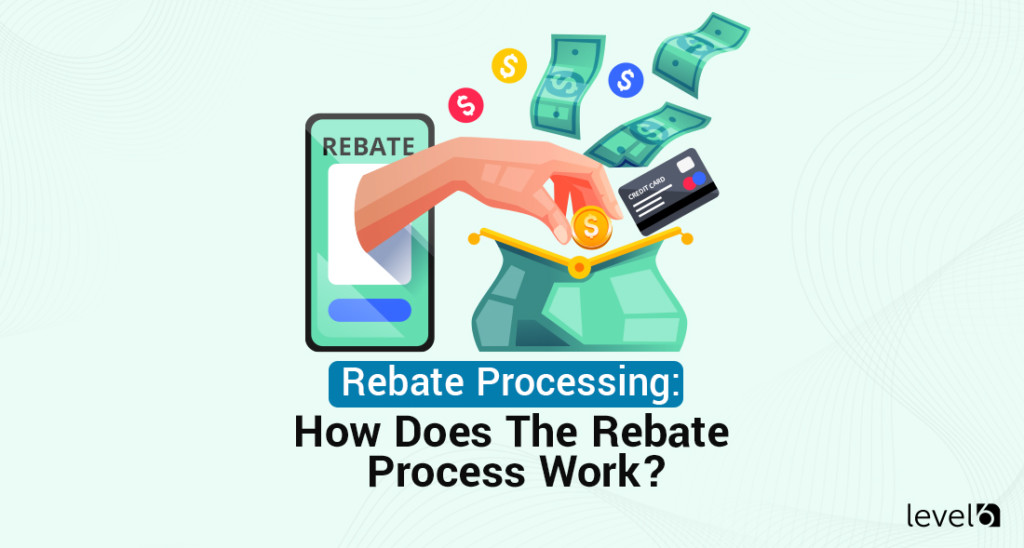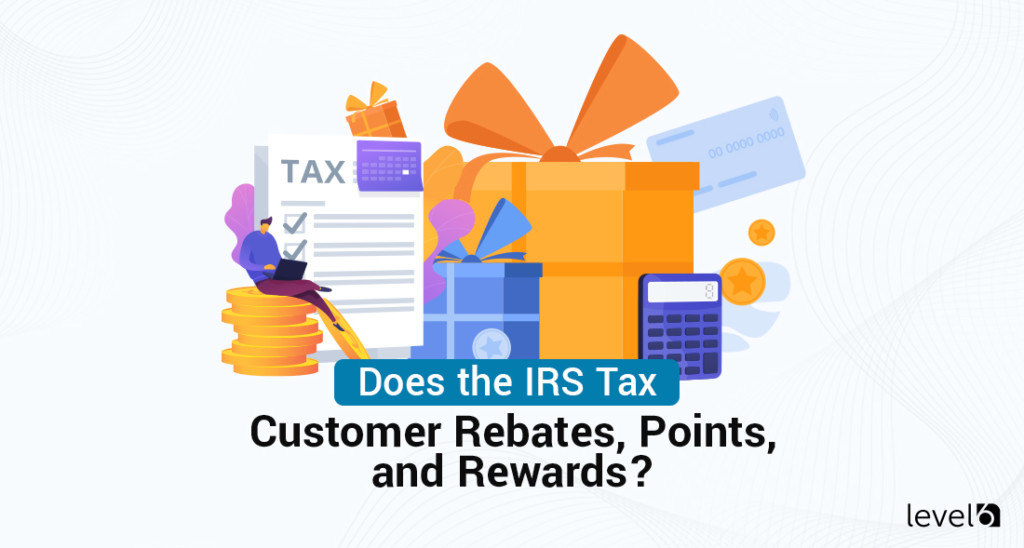Channel partners can really help you. They help expand your market reach, support your sales work, and help with your brand presence.
But you have to recruit the right partners. Usually, you’ll need a clear recruitment plan that’s structured well with specific goals and good vetting steps. That means you have to stay around so your onboarding strategy covers all the bases.
Missed chances and partnerships that don’t align well will also end up costing you time and resources if you don’t take the time to build a good plan. Just think about how much your business can grow when the right partners are there to support your growth work.
Let’s jump in!
How Do You Find Partners?
You’ll find potential channel partners when you attend industry events and study online places. When you attend industry conferences, trade shows, and networking gatherings, you’ll meet pros who could become important partners for your business.
Also, you can use online places like LinkedIn to expand your reach even more. Always join industry-specific groups to connect with potential partners across different regions and sectors. When you use event places like Meetup or Eventbrite, it makes it easier to connect with like-minded pros – this online interaction has convenience and wide reach. I see it as your ever-expanding online rolodex!
Make sure to create a great LinkedIn profile to support your business presence. If you make your profile inviting, potential partners will be attracted to you naturally. Sometimes, prospects look at profiles to choose if they want to collaborate, so you’ll want to leave a strong impression. But a well-designed LinkedIn profile can act like your professional handshake when you tell you’re ready for business!
When you’re networking, groups and associations can also help with your connections. Try to join organizations like Business Networking International (BNI) or attend your local Chamber of Commerce meetings. Sometimes, real-world interactions can cause interesting and unexpected partnerships. I remember a story of a small business owner meeting their main partner at a Chamber event – which ended up leading to a very successful collaboration.
Looking to learn more about an incentive, rebate
or reward program for your business?
Curious about costs?
Try our instant pricing calculator:
Trade shows give you rich opportunities to directly connect with representatives from potential partners. You’ll get clearer plans into their products and it’s a great way to build long-term relationships.
Also, online communities and forums are another great avenue. Participate in discussions and collaborations and share ideas. When you get mixed up in a debate or conversation on an industry-focused forum, it could lead you to your next partner – this strategy creates real conversations that could come in handy.
B2B matchmaking software like Eventtia can also help you connect with businesses that match your needs. Check out the attendee list ahead of time and find the right people – this way, your networking can become more targeted and productive.
It’s important to build real connections and long-term relationships instead of just pushing sales – this strategy lays a good foundation for future partnerships and collaborations. You never quite know which casual conversation today could cause a huge business opportunity tomorrow!
How Do You Vet Potential Partners?
You need to vet potential channel partners to make sure they match your business. It will really save you from issues and financial losses down the road. To start, check references. You’ll want to talk to multiple sources to get a well-rounded picture of the partner’s history, their strategy for resolving conflicts, and any potential weaknesses. Even a few positive words from a previous collaborator can actually tell you quite a bit about the situation.
Also, review their financial stability. Ask about their financial statements and important performance indicators to be sure they can scale and stay solvent. Imagine you’re halfway through a project, and you suddenly find out that your partner’s funding is unstable. That’s not a situation you want to be in!
You should also take a close look at their market presence. Be sure to evaluate their client base, competitive environment, and growth plans. A partner with a good presence in the market can open doors for you and create extra opportunities.
Let’s say you want to break into an industry where they’re already well-established. That’s a prime example of a strong market presence that could work in your favor. When you get a feel for their motivations and expectations, it helps to align those with your own goals. This lets you stay away from any misunderstandings later on.
Always handle due diligence closely. Verify every detail, check their credit history, and do complete background checks. Trust me, it pays off to be as complete as possible because any misstep can really end up costing you. You’ll want all inspections done to be sure there are no hidden issues lurking. Also, make sure to take into account cultural alignment. Visit their operations and meet with their team. Sometimes, small differences in culture or working style can cause friction later on if not addressed initially.
Document everything. A Memorandum of Understanding (MOU) can be helpful for outlining responsibilities and sharing any dangers. Besides, it gives everyone clarity from the beginning. But don’t just stop there. Be aware of other dangers like cultural misalignment or underestimating how much time and resources the partnership will need. You need to understand the resources needed for the project to stay away from burnout or project fatigue later on.
Now, you should think about your most recent vetting process. How complete was it? Where did past partnerships not go as you had hoped? Think about those previous collaborations and see if there’s any pattern of misalignment.
Also, think about their operational capabilities and performance metrics. You want a partner who can stay up-to-date with website updates, use CRM systems, and provide your sales team with good support. Metrics like deal sizes and lead quality are things you can’t forget.
Finally, you can use a structured criteria-based evaluation to ensure they check all the right boxes. When you pick the right partner, you’re on your way to building a really powerhouse team!
Plan Collaboration and Onboarding
After you recruit a partner, you need to set up a good onboarding plan to help them succeed. You’ll find it helpful to give you complete training. Interactive sessions, video walkthroughs, and hands-on practice will help partners better understand your products, services, and policies. This will build a strong foundation. It’s important to make sure your training is complete to keep the partnership steady.
Always have a clear training plan and schedule in place. They’ll need to know the path to succeed.
Next, you need to give you helpful resources. Make sure your partners can access an online library with important learning parts, company policies and technical support. An automated onboarding workflow will smooth along this by delivering what’s needed from day one. It’s like handing them a completely stocked toolbox. They’ll need the right tools from the start.
Regular check-ins with managers and peers will help to faster address any questions or issues. Develop a communication schedule so partners stay connected like keeping the line open while climbing a mountain. It makes sure everyone stays informed and on track.
Remember to use technology to automate and personalize the onboarding process. When you use process templates, it helps keep consistency and cuts back on errors. It’s like meal prepping for the week. It saves time and effort down the road.
Try to pair new partners with experienced mentors who can guide them through the company’s culture, job duties, and relationship building. Imagine being a new employee paired with someone who knows the ropes. It removes the guessing when starting out. In my experience, mentorship helps to create a sense of belonging and teamwork, which are important for long-term success.
A well-structured onboarding program will finally help with retention. Research shows that new hires with a positive onboarding experience are much more likely to stay long-term. Socialization makes a difference; about 76% of new hires think about it as an important factor in their decision to stay.
A supportive onboarding process is the foundation of a strong partnership. Preparation, input, and open communication ensure parties are set to address new challenges together.
Measure and Improve Your Plan
You’ll see immediate rewards if you track the success of your channel partner recruitment plan. The number of partners you bring on board and the revenue you generate along with partner satisfaction will show you how well your recruitment work is going.
Think about businesses like Salesforce. They’re always refining their partner recruitment strategy through KPIs like partner acquisition rates and revenue growth, which helps them manage everything successfully. They also check real-time data to place helpful patterns among their top partners and adjust their recruiting processes when necessary. This non-stop review helps them flourish. You can pick up quite a bit from their strategy.
You’re going to want to start with always improving. Make sure to review and adapt your recruitment plan to make it even better over time. Set SMART goals that are specific, measurable, attainable, relevant and time-connected. Always keep an eye on your KPIs to know how well your recruitment strategy is working. A well-managed strategy is much easier to change when needed.
If you see a drop in partner satisfaction, dig a little deeper. You could want to create surveys or ask for direct feedback to get a clearer picture of any issues. More satisfied partners usually cause better revenue and lower dropout rates. Remember that your partners are your allies and making sure they’re happy improves everyone’s success. This shared satisfaction creates stronger and more profitable relationships.
Your recruitment strategy should remain flexible. If the data shows you’re not hitting your targets, don’t hesitate to make changes. Look carefully at areas in need of improvement, like partner enablement, how you’re marketing, and your support systems. A flexible strategy will let you pivot as market conditions change, which helps you stay ahead. Adaptability is important when responding to new challenges and seizing fresh opportunities.
I’ve seen it myself how much regular evaluations matter. Steady assessment will help you toward long-term success. It keeps your strategy lined up with your business goals and makes quick adjustments possible. Besides, maintaining strong connections with your channel partners is really helpful. Always remember: watching KPIs and making necessary changes will keep you on the right track. Regular reviews and continual improvements are the anchors that create your success!
Improve Your Channel Partner Relationships
You need to build a strong recruitment plan for channel partners – which means full preparation and steady effort. First, start with finding partners and relationship-building that bring you real growth and shared success. You’ll want to find your goals and decide on potential partners. Also, make sure to set up a really helpful onboarding program. Every step plays a big part in creating a network that will really help your business flourish.
Usually, you’re going to have better success in partnerships when there are shared ideas, clear targets, and open dialogue. The goal is accepting a collaborative mindset. Parties should feel supported and encouraged to work toward familiar goals. Your SMART goals help your actions, set clear expectations and give you a way to measure progress. When partners align with your vision, the synergy created can cause outcomes bigger than what either side could achieve alone.
In general, remember the business partnership scene is always growing. Regular improvements and making real-time adjustments are important to staying competitive and hitting your targets. You’ll want to smooth out your vetting process and adjust your onboarding strategy as you find feedback and review important performance indicators. I’ve learned that being flexible is the best way to stay around for long-term success.
Your company’s potential for growth doesn’t stop here. At Level 6, we start with improving your business through a number of personalized incentive programs.
You can help push your sales team’s performance and lift employee morale and happiness with our expertise. We offer services like branded debit cards, employee rewards and recognition programs, and personalized sales incentive programs – all designed to meet your specific business needs. Our goal is to build powerful and customized programs that drive actual results.
Next, reach out to us today for a free demo! You’ll see how we help high-performing businesses get the most out of their ROI and help with sales performance.

Claudine is the Chief Relationship Officer at Level 6. She holds a master’s degree in industrial/organizational psychology. Her experience includes working as a certified conflict mediator for the United States Postal Service, a human performance analyst for Accenture, an Academic Dean, and a College Director. She is currently an adjunct Professor of Psychology at Southern New Hampshire University. With over 20 years of experience, she joined Level 6 to guide clients seeking effective ways to change behavior and, ultimately, their bottom line.
 Demo
Demo






